In the realm of furniture preservation, the art of storage plays a pivotal role, yet it is often overshadowed by more immediate design concerns. The process of assessing storage options, preparing furniture, selecting wrapping materials, and organizing pieces within a storage environment requires a nuanced understanding of material vulnerabilities and environmental threats.
While many recognize the basic steps involved in storing furniture, the subtleties of choosing the right storage climate and the intricacies of protective wrapping materials are less understood. As we embark on a detailed exploration of these practices, one might ponder: what overlooked strategies could further safeguard our cherished furnishings against the ravages of time and neglect?
Assessing Storage Options
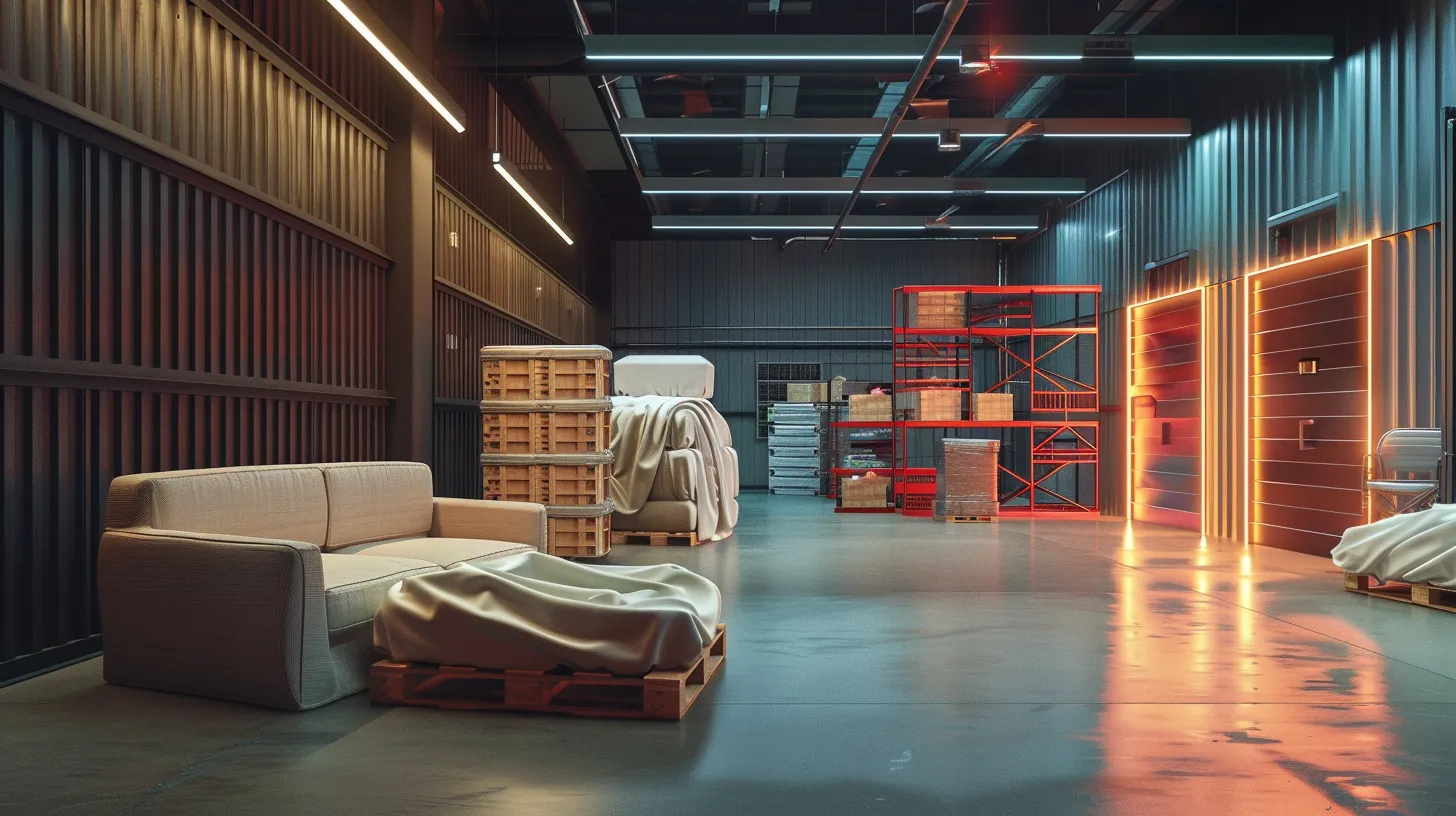
When considering the storage of furniture, it is crucial to thoroughly assess various storage options to ensure the safety and preservation of your items. The process involves evaluating the size and quantity of furniture to ascertain the appropriate storage unit size. This assessment is pivotal, as it directly influences the efficiency of space utilization and the protection of furniture during the storage period.
Additionally, the intrinsic value and fragility of furniture items should guide the decision between opting for standard garage storage or climate-controlled storage facilities. The latter is often recommended for delicate pieces to mitigate risks associated with temperature fluctuations and humidity.
Furthermore, an essential component of selecting a storage facility is researching its security features and accessibility. Facilities that offer robust security measures and convenient access cater to the safety and ease of retrieving furniture. Pricing and the anticipated duration of storage are also critical factors. These elements assist in identifying a cost-effective option that aligns with budget constraints and storage needs.
For oversized or awkwardly shaped furniture, disassembly might be necessary to optimize storage space and protect items from damage. This preparatory step can significantly influence the choice of storage solution, ensuring a seamless and practical approach to furniture storage.
Preparing Furniture for Storage
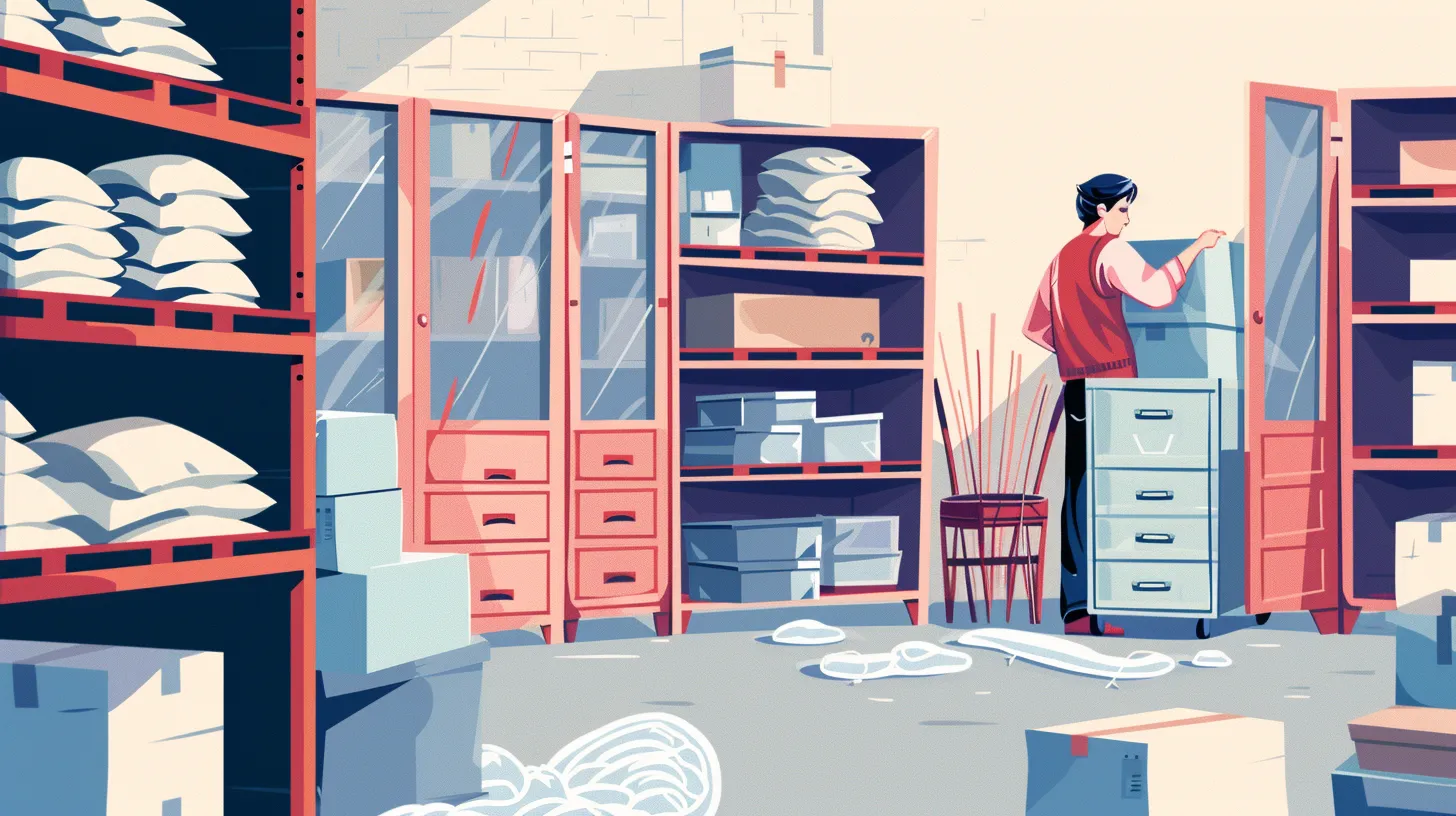
After assessing the ideal storage options, the next crucial step involves meticulously preparing your furniture to ensure its longevity and safety during the storage period. For those considering long-term furniture storage, the preparation phase is pivotal. It starts with a thorough cleaning, a critical step to prevent deterioration and set-in stains. Utilizing furniture-safe products like linseed oil or specific polishes can preserve wood and metal furniture, maintaining their quality and appearance.
Large items such as bed frames and tables should be disassembled for easier transport and more efficient use of storage space. This not only facilitates a smoother moving process but also allows for better organization within the storage unit. Using a storage unit size estimator can help in selecting the right unit size that fits all disassembled furniture comfortably.
To protect glass components and prevent moisture—a common concern in storage environments—appropriate coverings like bubble wrap or fabric blankets are essential. These coverings safeguard against dust and scratches, while climate-controlled storage units offer an added layer of protection by maintaining a stable environment, free from extreme temperature changes and humidity.
Choosing the Right Wrapping Materials
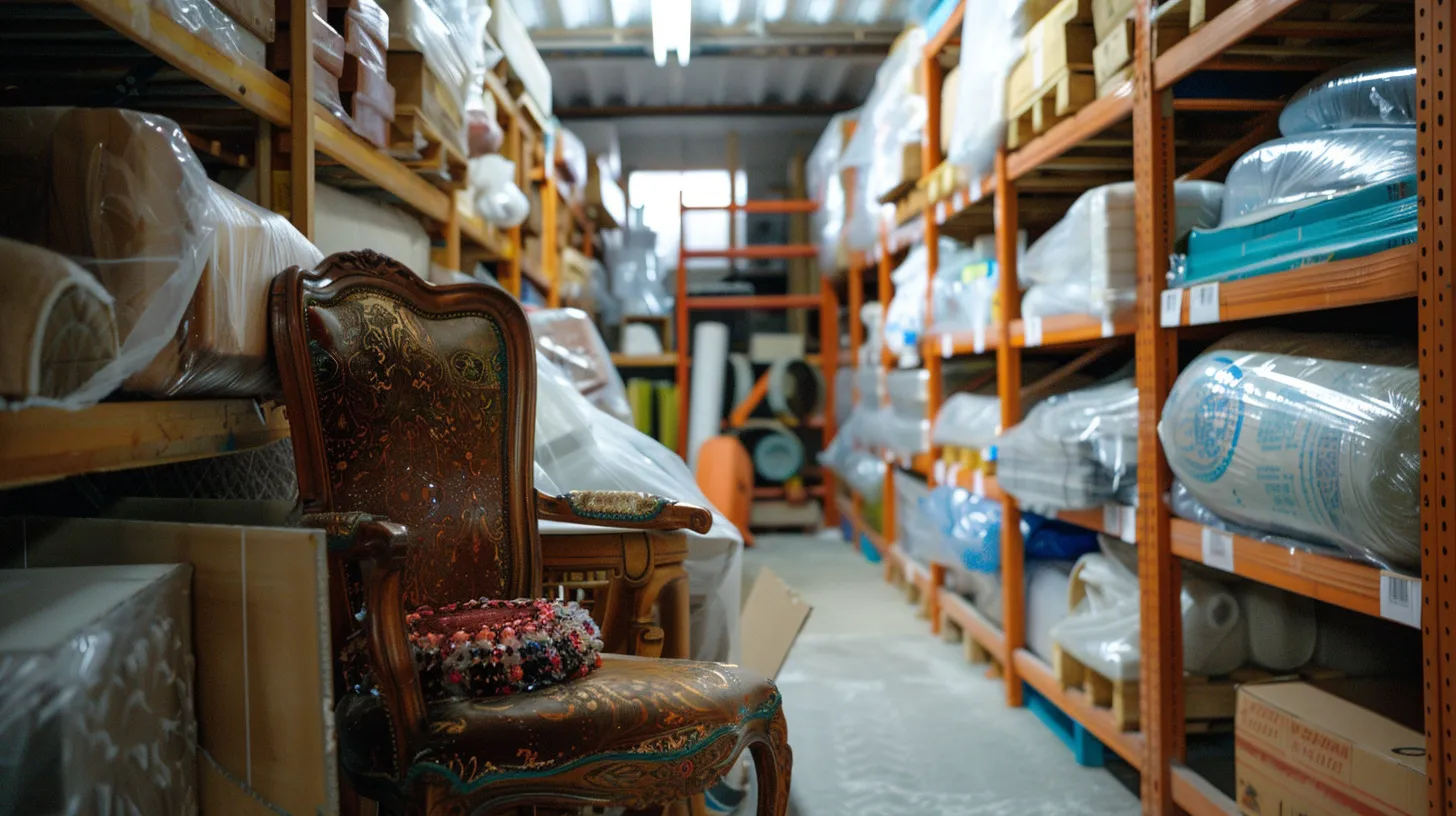
Selecting the appropriate wrapping materials is a critical consideration for ensuring the protection of furniture during storage. When it comes to preserving wood furniture or fabric items, the choice of wrapping can significantly impact their condition, especially in environments prone to humidity or extreme temperatures.
Utilizing old sheets, blankets, or plastic wrap offers a practical solution to shield furniture surfaces from dust, dirt, and potential moisture-related damage. However, it's essential to steer clear of thick plastic covers for long-term storage, as these can trap moisture, creating a detrimental environment for both upholstered and wood furniture by promoting mold and mildew growth.
For valuable furniture pieces, extra care should be taken by wrapping them more meticulously to prevent scratches or other damages. Cardboard storage boxes can serve well for smaller items, but ensure these are not placed in direct contact with the furniture to avoid moisture transfer.
Additionally, laying down plastic sheeting on the storage unit floor can act as a barrier to prevent moisture from seeping up and affecting the furniture. By carefully choosing the right wrapping materials, one can effectively preserve the integrity and appearance of their furniture during storage.
Selecting an Ideal Storage Environment
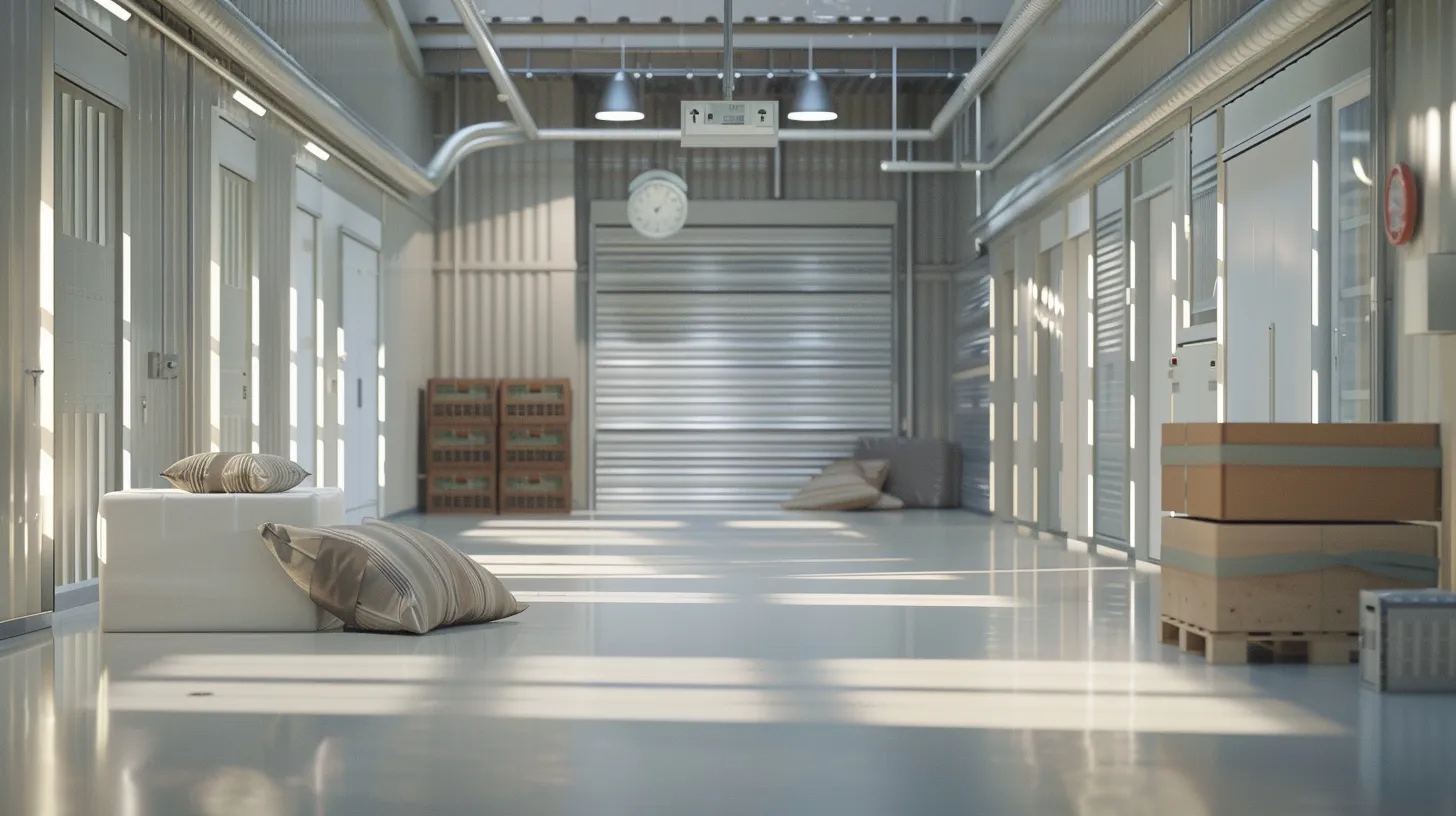
Finding the right storage environment for your furniture is crucial to preserving its condition over time. To store furniture correctly and ensure its longevity, proper planning and selection of an ideal storage unit are essential. Here are key factors to consider:
- Choose a climate-controlled storage unit to prevent temperature and humidity fluctuations that can damage furniture.
- Ensure proper ventilation in the storage environment to prevent musty odors and mold growth on furniture.
- Confirm the presence of security features such as locks, alarms, and cameras to protect your furniture from theft or vandalism.
- Opt for a storage space with sealed floors to prevent moisture from seeping into your furniture, which could cause warping or mold.
- Visit the storage facility in person to assess the security, climate control, and overall suitability for storing your furniture.
Organizing Furniture in Storage
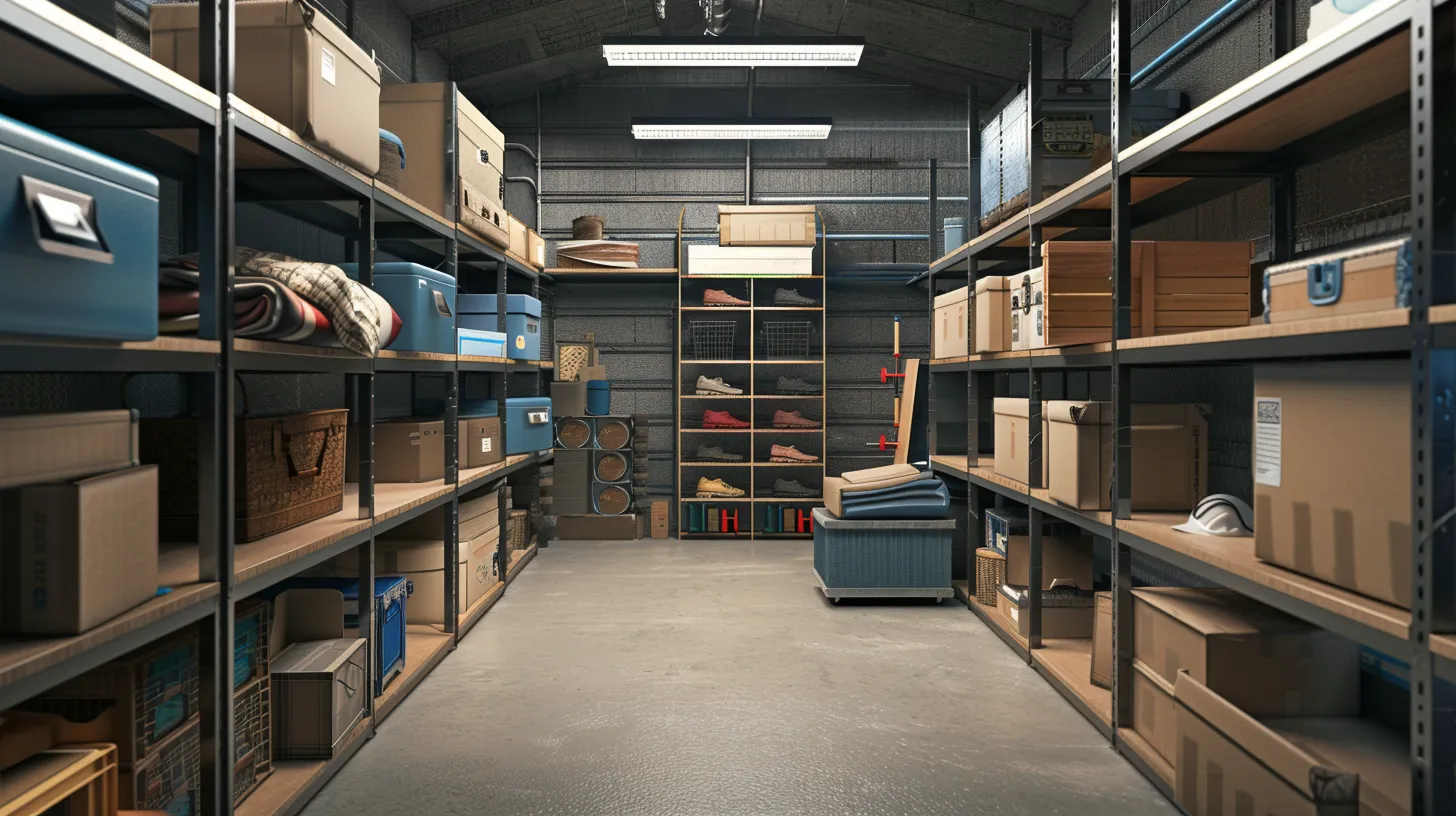
Efficiently organizing furniture in a storage unit not only maximizes space but also facilitates easier access and better preservation of items. The first step to organize furniture effectively is by grouping similar items together. This strategy enhances the ease of locating and retrieving items when needed. Alongside grouping, labeling boxes and furniture pieces with their contents and, if applicable, assembly instructions, is crucial. This simple action can save considerable time and confusion during the reassembly process.
Taking advantage of vertical storage space is another key tactic. Storing items like chairs and tables vertically can significantly maximize the available space within the unit. However, it's important to ensure stability to prevent any potential accidents or damage. Moreover, a fundamental rule of thumb in storage organization involves placing heavier items on the bottom and lighter items on top. This method prevents damage and maintains the integrity of your belongings.










